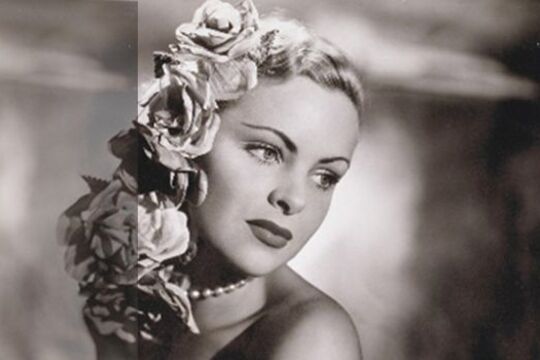Showing 2 items matching "high society"
-

Athol Shmith
... high society... young women from Melbourne's most prominent families. By drawing on high society, he gave fashion photography an air of respectability, and by the 1940s, the model and photographer professions were firmly established. As Melbourne's leading fashion ...Athol Shmith's career as a portrait, fashion and advertising photographer, spanning over 60 years, made him both a documenter and shaper of Melbourne style.
When Athol Shmith moved to a studio in Collins Street's 'Paris End' in 1939 to begin his career in fashion photography, his main problem was the lack of professional models.
Very few models existed in 1930s Melbourne due to the connotations associated with the profession. In order to make his mark, Shmith became inventive, recruiting suitable young women from Melbourne's most prominent families. By drawing on high society, he gave fashion photography an air of respectability, and by the 1940s, the model and photographer professions were firmly established.
As Melbourne's leading fashion photographer, Shmith spearheaded the introduction of the 'modern look' to local fashion, using clean and bold lines and arrangements combined with Hollywood Glamour.
-

Caroline Chisholm's Scrapbook
... ; invitation cards reveal connections in high society, which were the focus of her fundraising efforts; and lists of names record the people she assisted financially to migrate to Australia. Most of the material dates from 1852-54 during Chisholm’s time... advertise the immigration lectures she gave across Great Britain; railway tickets stamped for free indicate the distances she travelled and the official support for her project; invitation cards reveal a woman circulating in high society, where fundraising ...Caroline Chisholm, 19th century social reformer and philanthropist, left few personal effects to shed light on her remarkable life.
This scrapbook, handed down through the Chisholm family, and presented to the Museum by the family of a Chisholm historian, consists of material relating to Chisholm's work assisting immigrants, both to emigrate and once they had arrived.
In the scrapbook we find newspaper clippings, public notices, posters, correspondence and minutes; dating from 1843. Posters advertise the immigration lectures she gave across Great Britain; railway tickets stamped for free indicate the distances she travelled and the official support for her project; invitation cards reveal a woman circulating in high society, where fundraising efforts would have been concentrated; lists of names record the people she assisted financially to migrate to Australia.
The ephemera of life, so easily dispersed and discarded have been preserved in perpetuity in a humble ledger.
